Implementing the Digital Workforce is the Next Step in Your Digital Transformation
When discussing the ongoing digital transformation that companies are implementing on a global basis, enterprise architects articulate the benefits of hybrid IT and the software defined data center. The process of digitizing business services and delivering them through highly scalable redundant multi-cloud ecospheres is generating agility and flexibility that companies need to compete in a hyperactive competitive global world. However, the necessity to harness new technology is not restricted to enterprise infrastructure only. Just as the makeup of the data center is transforming itself, the nature of work itself is also changing.



















